Sergei Rachmaninoff wrote countless gorgeous and unforgettable melodies, none more famous than his “Vocalise.” That particular earworm comes from a collection of 14 songs, but the Vocalise has no text. As Rachmaninoff explained to a singer, “What need is there of words when you are able to convey everything better and more expressively than anyone could with words by your voice and interpretation?”
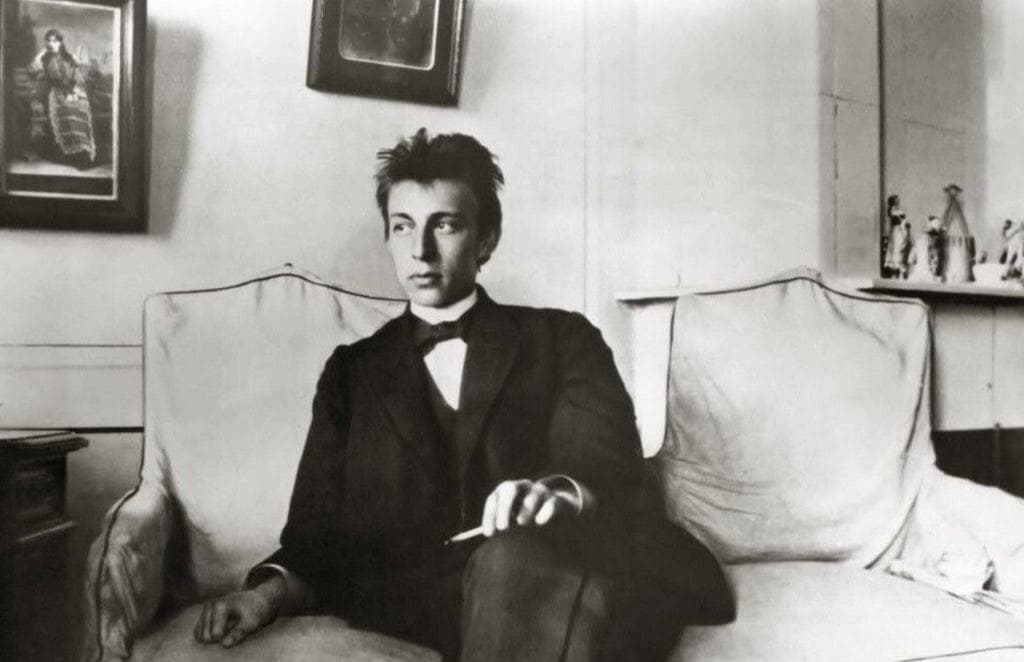
The young Sergei Rachmaninoff
Rachmaninoff seemed pretty sure that not all music required text to convey intense emotion; rather, “the absence of words can be one of the contributing factors to its immense emotional intensity and sorrow.”
Sergei Rachmaninoff: “Vocalise” Op. 34 No. 14
To me, this melody communicates a sense of lush melancholy. It is written in the tradition of the Russian art song, focusing on the difficulties and sadness of life. Many commentators have actually compared the progress of the melody to a caged bird seeking escape. Sadly, that escape never actually happens.
This wordless beauty, originally written for voice and piano, has been arranged for countless delicious combinations. We thought it might be fun to sample some of these arrangements of a truly unforgettable melody. Trust me, these musical jewels will leave you speechless!
Daniil Trifonov
Rachmaninoff: “Vocalise,” Op. 34 No. 14 (arr. Trifonov, solo piano)
What is there to be said about Daniil Trifonov that hasn’t already been said a million times? We all know that he possesses a monstrous technique that produces a rapid, glistening flurry of notes that hardly seems to involve the mechanical action of hammers and strings. Even the legendary Martha Argerich concedes, “what he does with his hands is technically incredible. He has tenderness and also the demonic element. I never heard anything like that.”
Trifonov is also known for his intense and self-reflective discipline that sometimes even worried his teachers. He always gives a 1000 percent, yet he has remained a humble and dedicated artist. As part of his growth as a musician, Trifonov has started to dabble in composition, and specifically transcriptions. His take on the “Vocalise” is absolutely stunning, with that beautifully coloured and shaped vocal line embedded into a harmonic texture of pure satin and silk.
Gabriela Montero
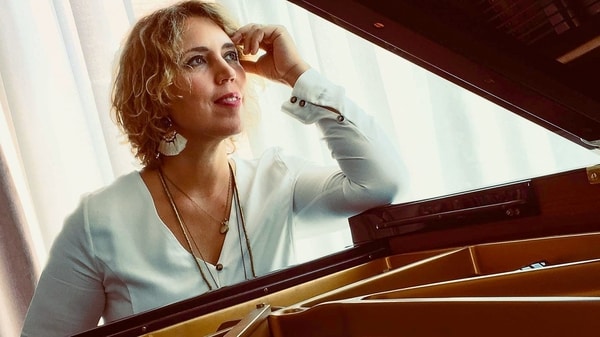
Gabriela Montero
Sergei Rachmaninoff: “Vocalise,” Op. 34 No. 14 (arr. Montero, solo piano) (Gabriela Montero, piano)
I have been in love with Gabriela Montero from the very first time I saw her on stage. It was immediately clear that she had a very unique compositional gift. Would it go too far to call her interpretations visionary? She plays the piano incredibly well, but the most stunning aspect of her craft are real-time improvisations of complex musical melodies or pieces, mostly suggested by her audience.
I read somewhere that she hated to practice, “because music is an extension of life, and I don’t like to use the word practicing, but rather discovery.” For Montero, sitting at the piano is a journey of discovering who you are in that moment as a performer. That particular space is different every day, and just listen to what happens to the “Vocalise” in her hand. The sense of melancholy is completely channelled into a world of jazz harmonies and infectious rhythms. In Montero’s hands, this short sobbing miniature becomes a celebration of life.
Earl Wild
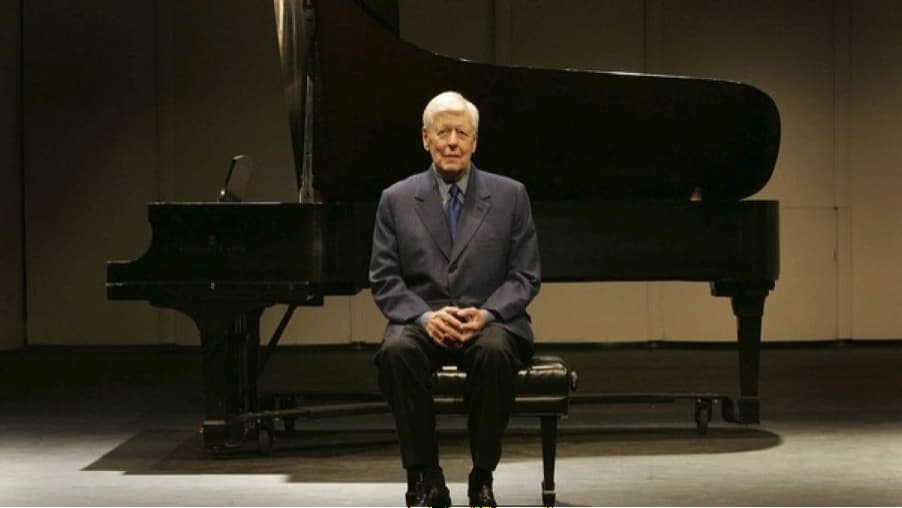
Earl Wild
Sergei Rachmaninoff: “Vocalise,” Op. 34 No. 14 (arr. Wild, solo piano) (Giovanni Doria Miglietta, piano)
The American pianist Earl Wild leaped to fame playing Gershwin’s Rhapsody in Blue with Arturo Toscanini. That’s certainly impressive, but did you know that he was the first pianist to stream a performance over the internet in 1997? Basically, Wild was a pianist for whom technical difficulties did not exist. He was famous for his pyrotechnic recitals and master classes around the world, which brought him from Seoul and Beijing and from Tokyo and Argentina.
Wild was particularly known for creating virtuoso solo piano transcriptions on themes by famous composers. His “Grand Fantasy on Airs from Porgy and Bess,” in the style of the grand opera fantasies of Liszt, was the first extended piano paraphrase of an American opera. He also wrote two sets of “Virtuoso Etudes after Gershwin,” and reworked 14 songs by Rachmaninoff, including the “Vocalise.” Truth be told, I almost get dizzy trying to follow the busy textures and incredible colours in the supporting harmonies.
Lugansky and Capuçon
Sergei Rachmaninoff: “Vocalise,” Op. 34 No. 14 (cello and piano)
To reproduce a beautiful vocal melody on the piano is no easy task, specifically as it is difficult to compete with the powerful expressivity of the human voice. Clearly, a number of other instruments seem to be better suited for that particular task. This particular arrangement for cello and piano is presented by pianist Nikolai Lugansky and cellist Gautier Capuçon. Do you know who is responsible for this arrangement, was it Capuçon? Or maybe the immortal Leonard Rose? On second thought, it might have been Rachmaninoff himself.
Capuçon actually started on the violin, but he absolutely hated it. However, he absolutely fell in love with the cello at first touch. “I loved it immediately,” he explained. “I love the position, how you sit and embrace the cello, and the sound and depth of the lower strings.” For Capuçon, playing the cello is all about physical sensation and communicating a sense of personality and charisma to his audience. And that’s exactly what he does in the featured performance of the “Vocalise.” The transcription has an upbeat feel, probably because the tempo seems a little faster. Musicality and emotion galore, and what must it be like to have Lugansky as your accompanist?
Toru Kanayama
Sergei Rachmaninoff: “Vocalise,” Op. 34 No. 14 (arr. Toru Kanayama, clarinet and piano) (Kazuo Fujii, clarinet; Yuko Fujii, piano)
The clarinet, according to Mozart, is the most successful instrument for imitating the expressive quality of the human voice. So it goes without saying that various transcriptions of the “Vocalise” have used the unique sound world of this beautiful instrument. I’ve selected an arrangement from slightly outside the classical mainstream, one crafted by Tohru Kanayama.
Kanayama is a composer, arranger, and woodwind player who was classically trained and also studied composition. However, he mainly writes pop music scores for various jazz and salsa bands, musicals, and films. His take on the “Vocalise” is highly expressive, but luckily, it doesn’t carry the kind of serious aftertaste that frequently comes with these kinds of transcriptions.
Alessio Bax

Sergei Rachmaninoff: “Vocalise,” Op. 34 No. 14 (arr. Alessio Bax, solo piano) (Alessio Bax, piano)
The first time I heard pianist Alessio Bax in life performance, I was immediately captured by the almost hypnotic intensity of his playing. As pianists go, he is a wonderful lyricist. And while he does have an extensive solo career, Bax also performs with his wife, pianist Lucille Chung. They are a great team, and “there is total trust, and we just know how to communicate.”
Bax and Chung celebrated the birth of their daughter Mila in 2014, and Bax decided to initiate his daughter into the world of music by recording an entire album of transcriptions. Unsurprisingly, the “Vocalise” takes the central stage. In this particular performance, the original musical text is transformed into a touching lullaby; let’s hope he doesn’t wake up Mila with some of the rather sophisticated harmonies in the background.
Josef Gingold
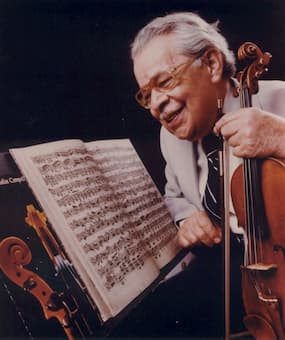
Josef Gingold
Sergei Rachmaninoff: “Vocalise,” Op. 34 No. 14 (arr. Josef Gingold, violin and piano) (Itzhak Perlman, violin; Samuel Sanders, piano)
Did you really think I would forget to present you with a version of the “Vocalise” performed by the violin? Not to worry—here is a transcription by Josef Gingold, possibly the most influential violin teacher in the United States. He was not only a remarkable teacher but also the author of countless books on violin technique.
Gingold was born in Brest, Belarus, then part of the Russian Empire, before emigrating to the United States in 1920. Maybe that is the reason I hear a lot of rushed anguish and distress in his re-envisioning of the “Vocalise.” To be sure, the violin can carry such emotions to the depths of the human soul. I hear a different kind of distress in the performance by Augustin Hadelich. Recorded during the Covid 19 pandemic and all that social distancing, Hadelich was forced to play the violin and piano parts of the “Vocalise” by himself. The music sounds a great deal of apprehension and uncertainty, but it eventually reaches a point of guarded optimism.
For more of the best in classical music, sign up for our E-Newsletter

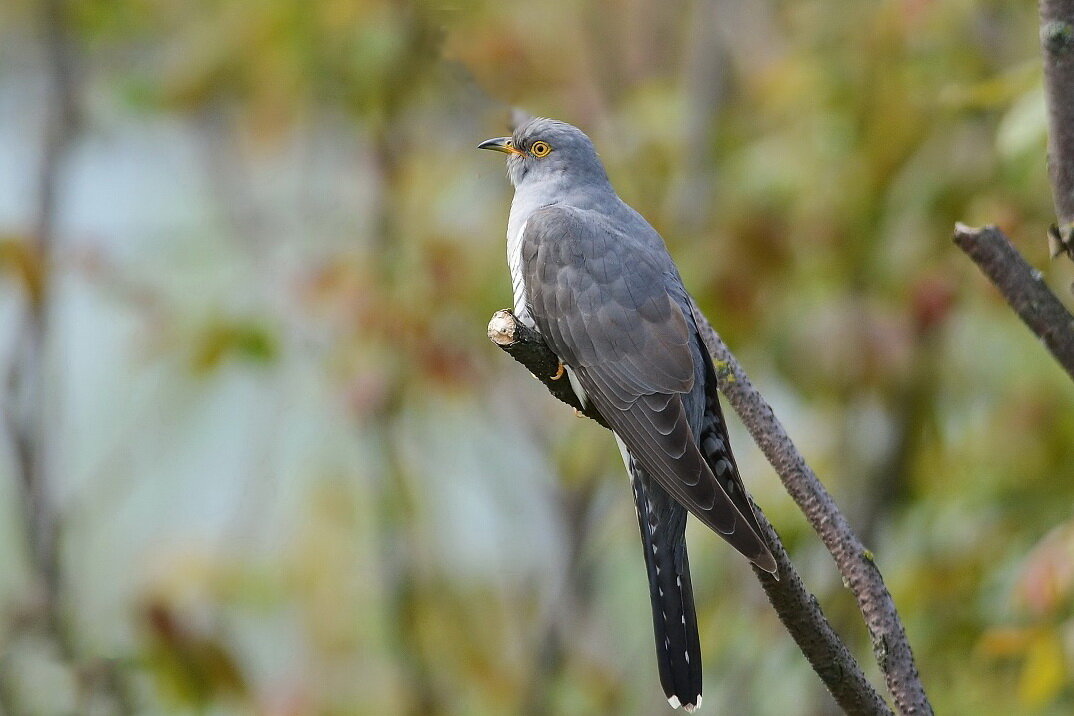
Cello!
Excellent article. I just want to add that Nobuyuki Tsujii has been performing Richardson’s arrangement of ‘Vocalise’ in his ongoing recital tour (Japan, South Korea, U.K., Paris), to great acclaims.